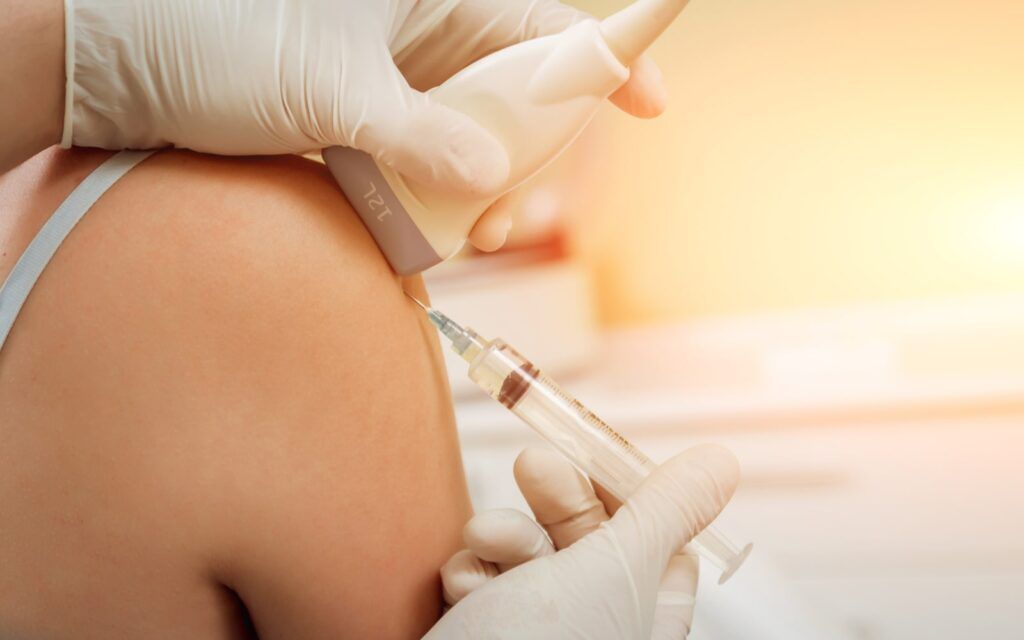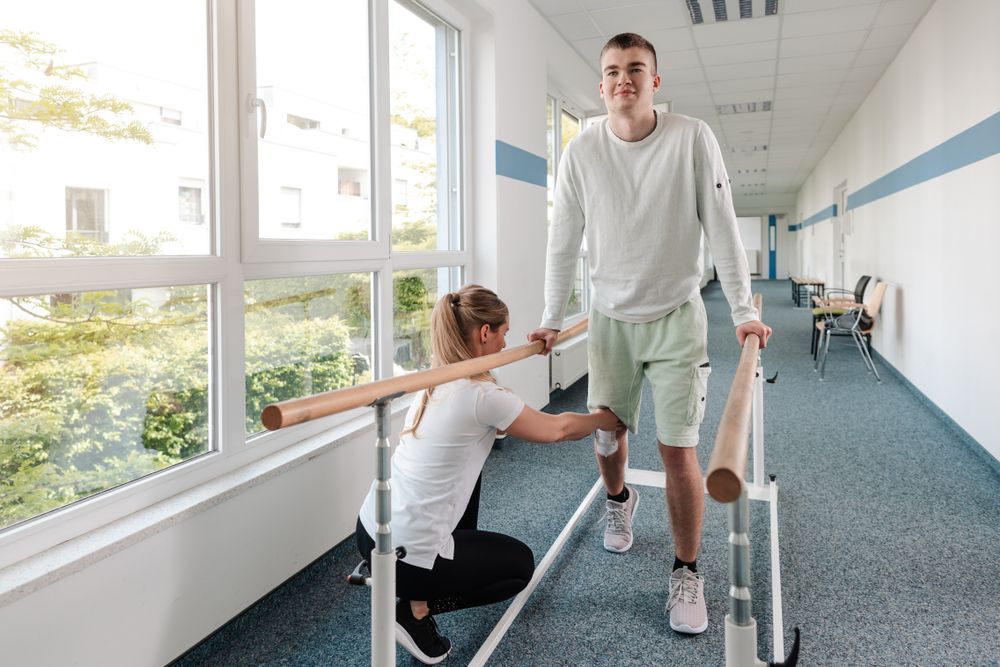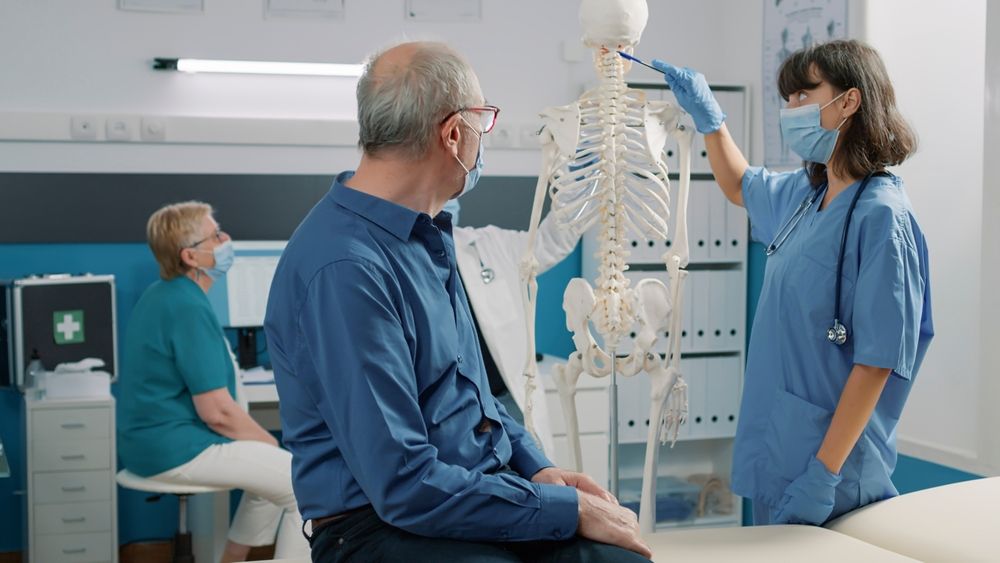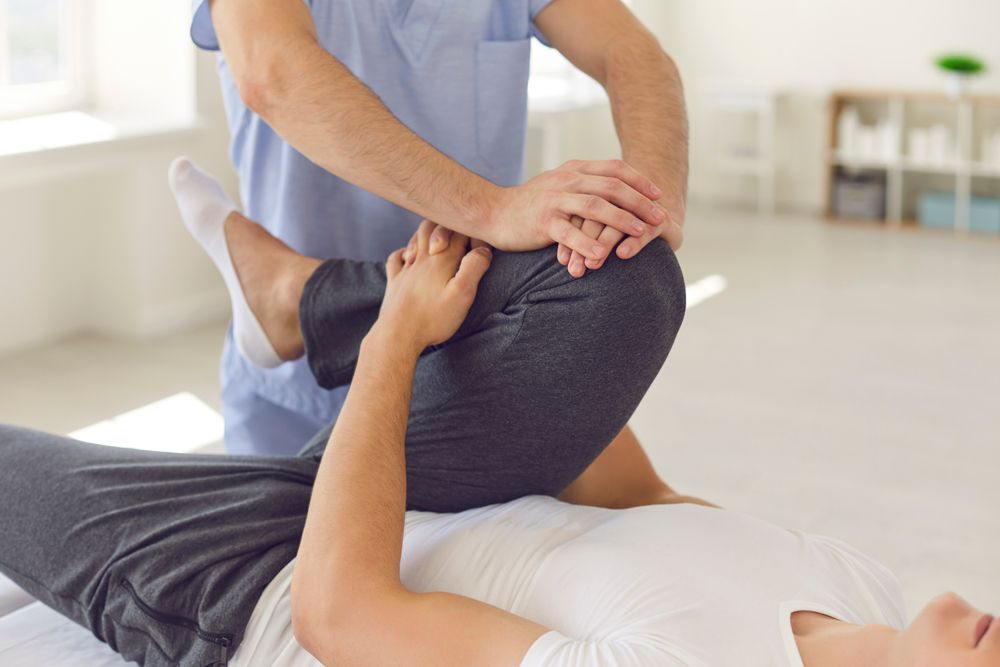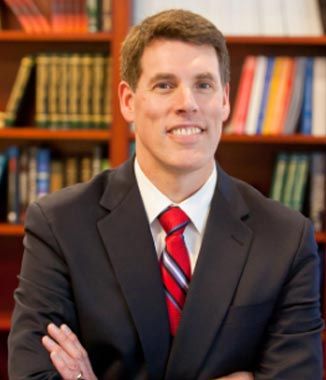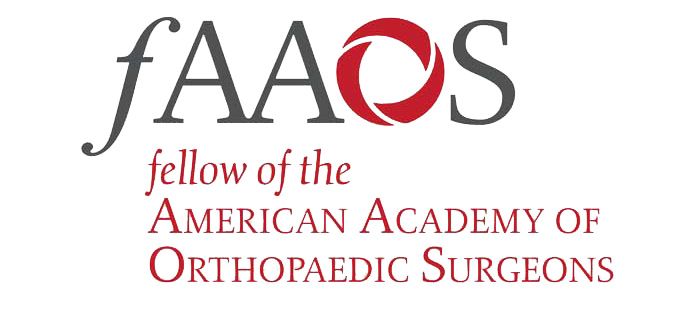Our shoulders are responsible for maintaining the muscles, ligaments, and joints throughout the upper part of our bodies. They help us reach the broadest range of motion, and as the muscles and ligaments work to stabilize the shoulder and its movements, our shoulders are also prone to injury. Rotator cuff injuries can be highly debilitating because when the tendons are torn, they can begin to fray and cause further damage with each movement. Rotator cuff injuries need to be treated, as the rotator cuff helps protect the shoulder joint and allows our arms to move over our heads. Rotator cuff injuries often require multiple treatments to reduce pain and restore the shoulder back to health for those searching for treatment.
For joint specialists and orthopedists, rotator cuff repairs are a challenging aspect of our industry, as these injuries tend to be difficult to repair. Each patient will face their own struggles when considering surgical and nonsurgical treatment. Many medical researchers have been looking into various techniques for repairing the tendons without the use of invasive measures, and one of the methods that have been of keen interest lately is platelet-rich plasma and stem cells.
The Latest In Platelet-Rich Plasma For Tendon Treatment
Out of all the various topics that have come up in the orthopedic field, one practice that has opened up new fields of research is bioaugmentation. Bioaugmentation refers to the process of adding cultured microorganisms, or unique bacteria with metabolic profiles, to treat various conditions. When we talk about rotator cuff injuries, one of the biggest problems faced is that the tendons often lack sufficient blood supply to heal and repair the tendons on their own, and through the introduction of different microorganisms, many researchers have been looking into reversing that blood flow to improve healing rates. Among the various organisms that have been tested, stem cell research has allowed for researchers the most promise when it comes to repairing the rotator cuff.
This is because stem cells contain some exceedingly promising results due to what we know about how stem cells work. As of right now, we know that there are aspects of these stem cells that can be utilized for our health, including:
- Platelet-Rich Plasma: The rich concentrations of proteins and platelets within the plasma contains bioactive substances that promote bone and soft tissue regeneration. PRP contains a variety of growth factors that may be beneficial in repairing the rotator cuff, but many researchers are still looking into how these facets can be better controlled.
- Tissue Regrowth: Scar tissue formations along with the tendons often inhibit the body from properly healing, and the introduction of stem cells can allow researchers to look into the body’s healing process in further detail, including improving areas of vascularization, insulin receptors, and the regulation of stem cells for better healing.
- Stem Cells: The wide attraction to stem cells has also led to conclusions that stem cells may be able to help strengthen the rotator cuff over time because of their influence over fibrocartilage formation and collagen deposition.
Rotator Cuff Injuries and Orthopedic Care
With the potential introduction of stem cells into healing injuries like rotator cuffs, sooner or later, we may be able to introduce stem cells into both surgical and nonsurgical treatments for joint diseases such as rheumatoid arthritis. For more information about treatments for rotator cuff injuries, contacting your local orthopedist can be a great way to learn more about your options.

